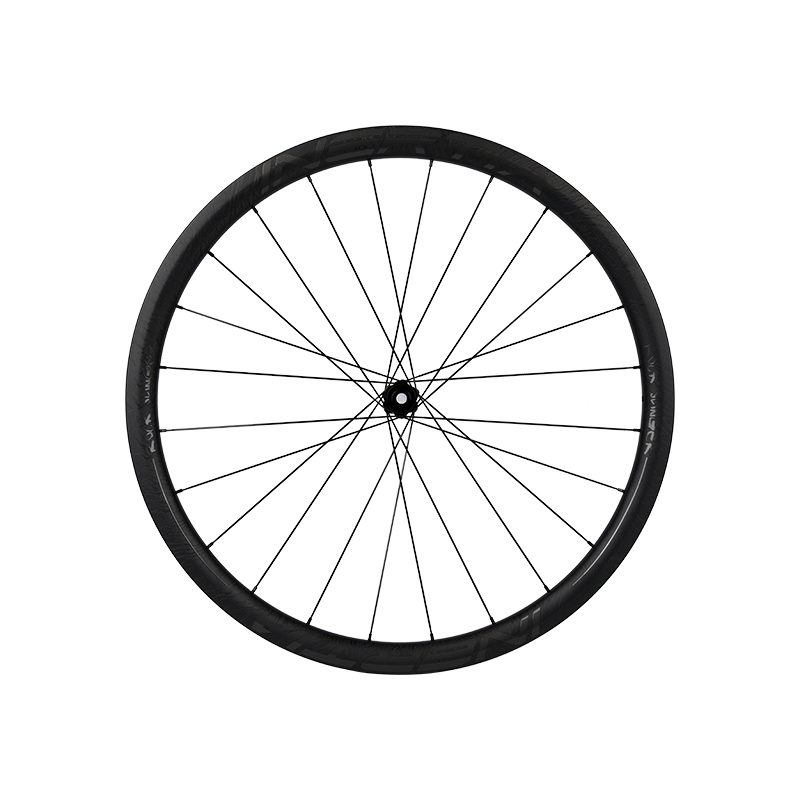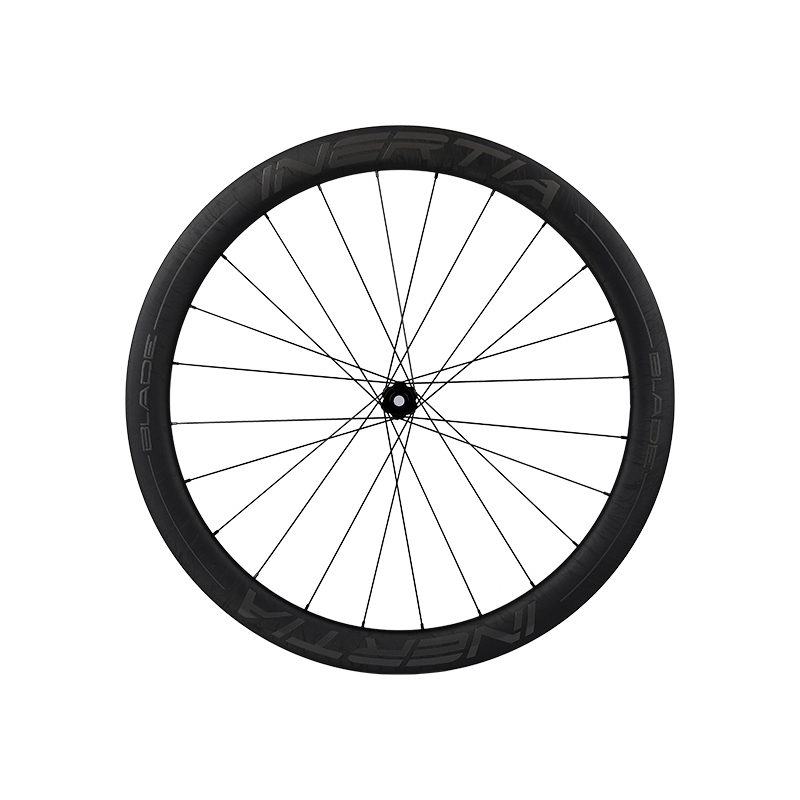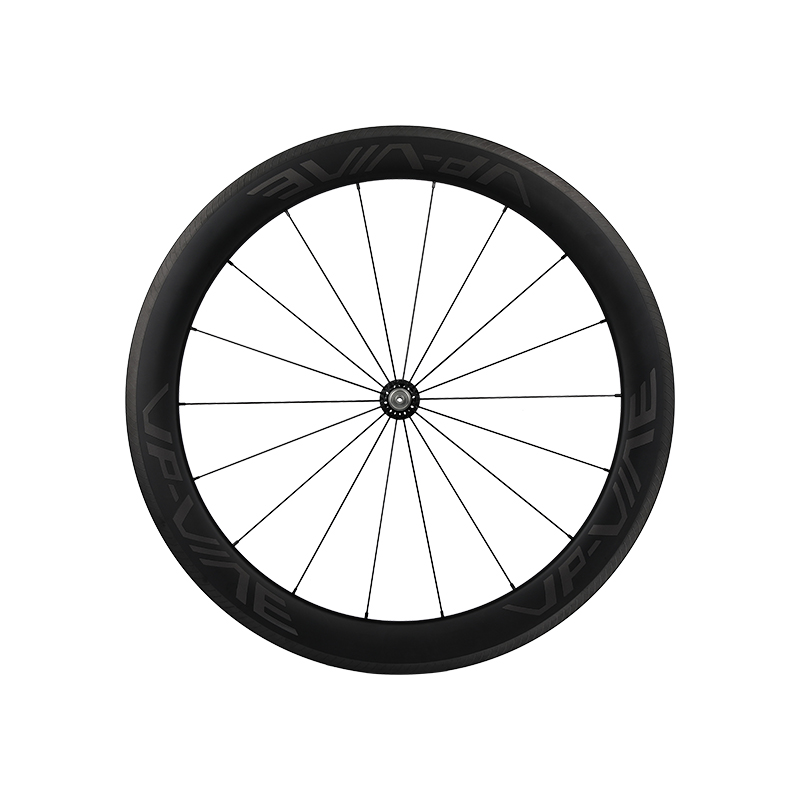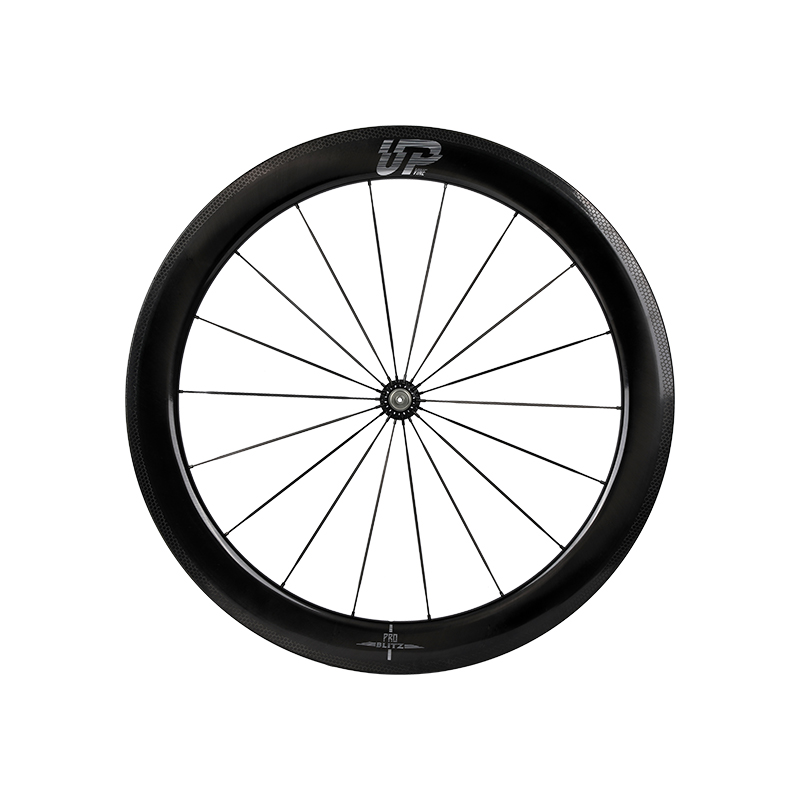Inertia wheels, also referred to as gyroscopic wheels or flywheels, play a significant role in shaping the weight and maneuverability characteristics of bicycles. These components are designed to harness the principles of angular momentum, impacting how a bicycle responds to rider inputs and external forces.
Firstly, let's delve into how inertia wheels influence the weight of bicycles. Traditionally, bicycles are designed to be lightweight for enhanced speed and agility. However, inertia wheels introduce additional mass due to their construction, typically consisting of a spinning mechanism housed within specially designed rims or integrated into the bike's frame. This added weight can vary depending on the size and material composition of the inertia wheel, affecting the overall weight of the bicycle. Cyclists and designers must balance the benefits of inertia wheels—such as stability and control—with the trade-off of increased weight, which can impact the ease of handling and transportation of the bike.
The distribution of weight is another critical aspect influenced by Bicycle Inertia Wheels. By strategically placing these wheels within the bicycle's structure, designers can alter the bike's center of gravity. This alteration can affect stability during riding, particularly at higher speeds or when navigating uneven terrain. The placement of inertia wheels can also impact how the bicycle responds to rider movements, influencing the overall feel and handling characteristics of the bike.
Maneuverability, on the other hand, is shaped by the gyroscopic effect generated by inertia wheels. This effect arises from the angular momentum created by the spinning inertia wheels. In practical terms, it means that inertia wheels can enhance the bike's stability by resisting changes in orientation, such as maintaining a straight line trajectory or smoothing out minor steering adjustments. This stability can be advantageous, especially for cyclists seeking a more predictable and controlled riding experience, particularly on long-distance rides or in challenging conditions.

However, the gyroscopic effect can also pose challenges to maneuverability. The same resistance to change in orientation that enhances stability can potentially hinder the bike's agility and responsiveness to quick turns or sharp maneuvers. Cyclists may find that bikes equipped with inertia wheels require more effort to initiate turns, particularly at lower speeds where the gyroscopic forces are more pronounced. This trade-off between stability and maneuverability is a critical consideration for both recreational riders and competitive cyclists alike, as it directly impacts the bike's handling in various riding scenarios.
Despite these considerations, Bicycle Inertia Wheels offer distinct advantages that appeal to different segments of the cycling community. For instance, in disciplines like road racing or endurance cycling, where maintaining stability and efficiency over long distances is crucial, inertia wheels can provide a smoother and more controlled riding experience. The added stability can also benefit commuters navigating urban environments or cyclists tackling challenging terrain where maintaining balance and control are paramount.
While inertia wheels contribute positively to the weight distribution and stability of bicycles, their influence on maneuverability must be carefully balanced. Designers continually innovate to optimize these components, seeking to maximize their benefits while minimizing potential drawbacks. Ultimately, the integration of inertia wheels into bicycle design represents a nuanced engineering challenge, where achieving the ideal balance between weight, stability, and maneuverability is essential to enhancing the overall riding experience for cyclists of all levels and disciplines.



 Español
Español













